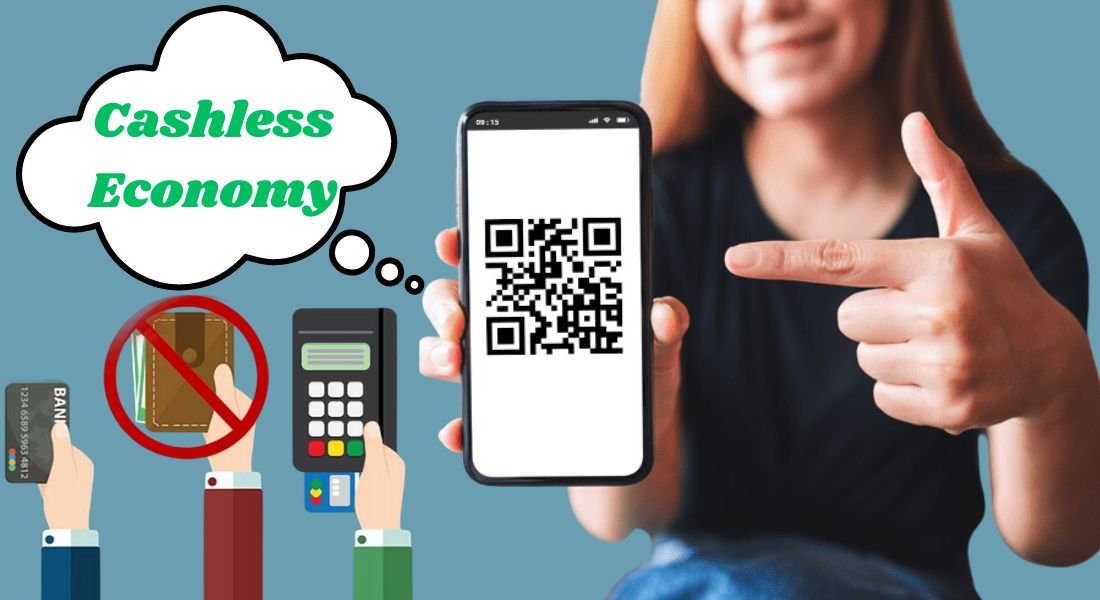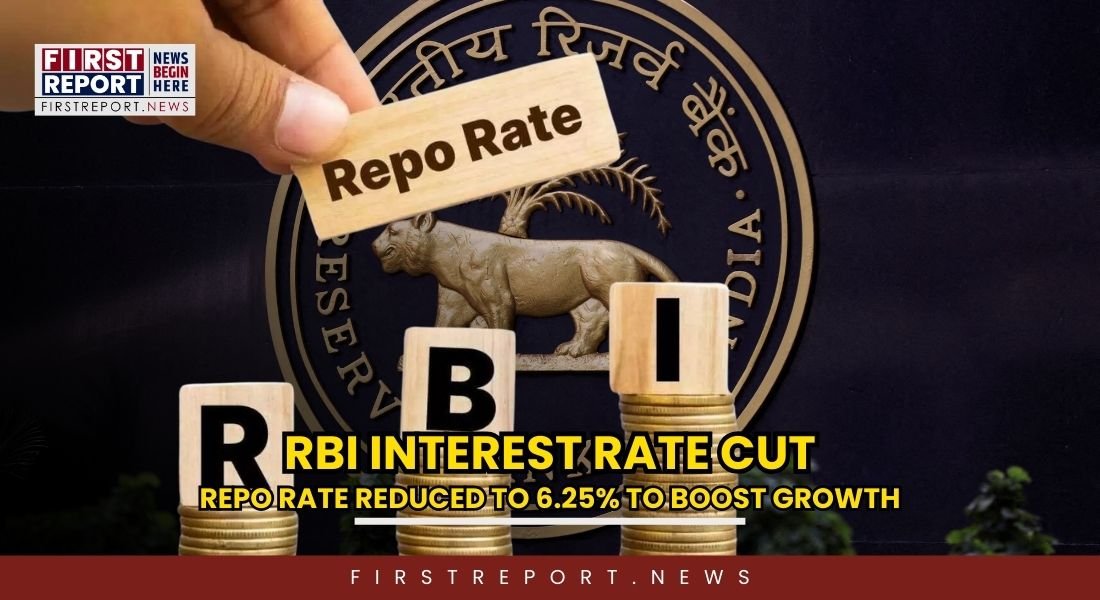Did you know that Sweden is often considered the most cashless country in the world, with over 97% of transactions being made electronically?
This stat shows an emerging world movement towards a cashless society. With the continued growth of technology, the methods that we use to conduct business involving money are changing at an alarming rate. Well, the cashless economy is changing the way we shop, pay bills, and manage money with its growing use of digital payments. From contactless cards to mobile wallets, the spectrum of digital payments is growing wider and more accessible than ever.
What is a Cashless Economy?
A cashless economy is a system under which most transactions are executed electronically using digital payment means instead of physical money. The system uses payment options like credit cards, debit cards, mobile payments, and online banking for this purpose. In such an economy, cash would be less common, if at all present.
Here are some stats to shed light on the cashless economy
- In 2024, this implies that money is of no intrinsic value anymore as it is not anymore a medium of payment in the US to the 84% in the country.
- The cash circulation in the US was 26% to 20% in the years 2019 and 2021 respectively, additionally, it shows that besides people opting for digital payments, the number of those who stopped using cash completely has also increased by 6% over the past 5 years.
- By 2026, Asia-Pacific will lead a cashless society as this part of the world will account for almost 52% of the transactions in 2026 while North America will make only 49% and Europe behind with 46%, and $440 billion in the developing world recorded in 2022 but this pace is expected to accelerate over the next few years.
- Cash physical circulation accounted for only 15% to 20% of the estimated currency supply, which revealed 100% of digital processing characteristics in digital transactions.
- According to the survey, most people in the US, almost 70% of them, see that the country is moving to a cashless economy, with two out of every five people almost never having physical cash. A calm lifestyle arises from more urban developments than both evolving (new) economics and developed ones (old).
- During the period from 2012 to 2022, the share of digital payments as a percentage of GDP in advanced economies increased by an average of 4%, whereas digital payments in emerging markets and developing economies (EMDEs) fell by an average of 2%.
- The global digital banking platform market is forecasted to account for $220.1 billion of the total world’s transactions by 2030, which will mean it has a CAGR of 29.7% followed by the growth of digital money thus in the next twenty years.
Also Read: Online Vs Offline Shopping
Important Components of a Cashless Economy
- Digital payments
- Mobile wallets
- Credit and debit cards
- Online payment gateways
- QR codes
- Financial technology (FinTech)
- Blockchain technology
- Artificial intelligence
- Big data analytics
- Infrastructure and regulations
- Internet connectivity
- Payment systems
- Government policies
Also Read: Peer Pressure— Pros and Cons
Challenges and Drawbacks of a Cashless Economy
- People without access to technology or the internet may be left out.
- Digital payments leave a trail that can track personal info.
- Depending on technology companies are open to system breakdowns.
- More digital watching can bring up worries about government control.
- Cash deals give a bit of privacy that you lose in a cashless world.
- A lot of digital payment systems tack on fees for transactions.
- A cashless economy can make current money gaps even bigger.
- Losing cash can affect social customs and traditions.
Also Read: Pros and Cons of E-Commerce for Businesses
Pros of a Cashless Economy
| Pros | Details |
| Increased Convenience | Faster and more convenient transactions, especially on low-value transactions. No need to carry or count a lot of cash around. |
| Enhanced Security | Lower opportunity for theft, robbery, and counterfeit currency. Much electronic transaction nowadays contains safety and security. |
| Improved Transparency | All transactions can now be digitized, hence easier tracking of expenditure, fraud identification, and monitoring of economic activities |
| Reduced Costs | Minimal cost for enterprises since less money is passed hand-to-hand, fewer errors, and less need for physical security. |
| Stimulated Economic Growth | Investment, entrepreneurship, and innovation, ultimately yield better economic development as a whole. |
| Reduced Tax Evasion | Digital transactions do not easily hide income, meaning that governments get higher revenues from taxes. |
| Financial Inclusion | It can help access financial services, especially for people who do not have bank accounts with them and find it cumbersome to have access to cash all the time. |
| Environmental Impact | It can contribute to the environmental dimension of less production and transportation of physical currency in the market. |
Also Read: Positive and Negative Impacts of Technology
Cons of a Cashless Economy
| Cons | Details |
| Digital Divide | This may bar technology-less and internet-less people from participating in economic activities. |
| Privacy Concerns | Digital transactions create a digitized paper trail about an individual’s personal details, expenditure trends, and, potentially, personal life. |
| Dependency on Technology | Reliance on technology can make individuals and businesses vulnerable to system failures, cyberattacks, and power outages. |
| Potential for Government Overreach | Increased digital surveillance can raise concerns about government control and privacy. |
| Loss of Anonymity | Cash makes anonymity possible, and the very same disappears into digital oblivion. |
| Fees and Charges | Many online payment services collect fees on transactions, which when added up can get very high over time. |
| Economic Inequality | A cashless economy promotes other forms of economic inequality as some are less privileged with technology. |
| Social Impact | Any loss of cash will affect social cultural aspects and social norms that involve cash or money transactions. |
Also Read: Cybercrime in India
Cash Economy vs Cashless Economy
| Cash Economy | Cashless Economy |
| Physical currency (bills and coins) | Electronic transactions (credit/debit cards, mobile payments, digital wallets) |
| Relatively slow | Instantaneous or near-instantaneous |
| Widely accessible, even in remote areas | Requires internet connectivity and electronic devices |
| Vulnerable to theft, loss, and counterfeiting | More secure, with encryption and authentication measures |
| Manual or limited electronic records | Detailed digital records |
| Can be challenging to track and report | Easier to track and report, reducing tax evasion |
| Can exclude those without access to banks or formal financial systems | Can promote financial inclusion by providing access to banking services |
| Contributes to deforestation and pollution due to the production of paper currency | Generally more environmentally friendly, reducing the need for physical materials |
| Can hinder economic growth by limiting transparency and efficiency | Can stimulate economic growth by improving transparency, reducing transaction costs, and fostering innovation |
| Can be subject to government control and manipulation | Can be subject to government control and manipulation, but also offers opportunities for greater transparency and accountability |
Also Read: Buy Now Pay Later 2024 – Pros and Cons
Government Initiatives for a Cashless Economy in India
- Digital India
- Unified Payments Interface (UPI)
- Bharat Interface for Money (BHIM)
- Pradhan Mantri Jan Dhan Yojana
- RuPay Card
- Aadhaar Enabled Payment System (AEPS)
- Point of Sale (PoS) Machines
- QR Code Payments
- Government Payments
- Tax Incentives
- Financial Literacy Programs
- Mobile Banking Apps
- Cybersecurity Measures
- Infrastructure Development
Also Read: Creativity vs Knowledge – Which Is Better?




